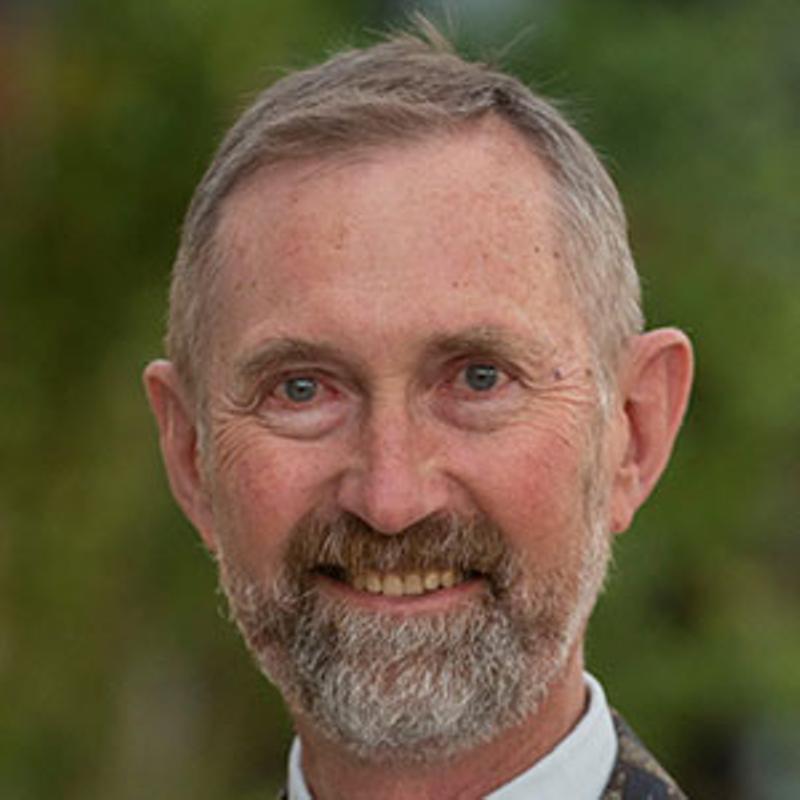Just over 15 years after the creation of Alberta Health Services, which centralized health authority at the provincial level, Premier Danielle Smith is promising to shake things up in a whole new way.
There is a near universal consensus that the health-care system is not working well. Its problems reflect developments and deficiencies from before COVID, but greatly aggravated by the pandemic.
And while these issues are by no means limited to Alberta, they do present some distinctive Alberta characteristics.
As patients wait for hours in emergency rooms or struggle to find a family doctor, they may cling to the hope that Smith’s big changes will fix things.
Unfortunately, there is no chance the proposed restructuring will resolve the health-care system’s problems. In fact, the key question is just how much worse they will get. Given the predictable negative outcomes of her proposed plan, Albertans may wonder why Smith has chosen this path.
The new model
While much of Smith’s criticism of Alberta Health Services has been around centralization, the model she proposes turns out not to be based on geographic decentralization of management and decision-making. Instead she has put forward a kind of operational division of authority with four groupings: acute care (a reduced AHS), primary care, long-term care and mental health/addictions.
Each is unquestionably an important, in some cases perhaps undervalued, component of health care, but it is entirely unclear how this particular regrouping will facilitate better care. A number of new bodies will also be created including a supervising integration council which will be chaired by the health minister, resulting in a more direct role for political leaders in health care. Thirteen groups intended to facilitate regional and Indigenous input will be established, as well as a procurement secretariat and mechanisms to facilitate communication and co-ordination between these various entities.
This structure might raise the question of how one of the premier’s oft-stated goals — reducing bureaucracy and management — will be met.
No health system anywhere has implemented a structure quite like this, so there is no experience to go on. Ironically, at almost the same moment that the UCP moved to dismantle Alberta Health Services, Quebec moved to consolidate its provincial system, as have other jurisdictions in recent years.
But the real issue is not which model is adopted. The model was not the problem and a new model is not the solution.
Most importantly, massive change is massively disruptive.
As an important aside, public health and prevention, long undervalued in Alberta, are nowhere highlighted in the new model, although they have the potential to have a greater impact on health outcomes than many health-care interventions, as well as reducing costs.
Before embarking on major restructuring there needs to be a high level of confidence that the proposed changes will be effective, because the costs will certainly be high. We in health care in Alberta are painfully familiar with the price of reorganization, since we went through major health-care restructuring, albeit in pretty much the opposite direction, not long ago. Changing all those nameplates, letterheads, logos, titles, email addresses, etc. is just the tip of the iceberg.
The biggest cost is the unavoidable period of paralysis. For a substantial time, nobody knows what decisions they can make, whom to talk to, how to get things approved or just how things work in the new order. Plans are put on hold, and frontline initiatives, however urgent, must wait until it is determined whether and how they fit into the new structure. Recruitment, so critical right now, is one of the decisions almost always postponed during restructuring. A general uncertainty and hesitancy prevails until the dust settles, typically a couple of years.
One of the issues where consensus is clearest is around the shortage of frontline health workers. We desperately need to keep the skilled people we have and also be attractive to health workers from elsewhere.
A recent Alberta Medical Association poll found that 61 per cent of Alberta primary care doctors had plans to leave public health care in the province. Since demand for health workers is high across Canada, they need a good reason to stay in Alberta or come here. And while the province has seen a big population influx recently, they are mainly potential patients, not health workers, exacerbating the discrepancy between patient and health-care worker numbers.
Recent graduates in any of the health-care disciplines considering a career in Alberta will certainly be taking a close look at the recent history and experience of health professions in the province.
Their decisions will be influenced by whatever surprises Smith may provide in coming days and months, as well as these past developments:
- The UCP government tore up its contract with doctors in 2020 (and is still way behind in developing an effective plan for physician remuneration) and tried to cut nurses’ salaries as the pandemic raged.
- Smith repeatedly excoriated the physician leaders who had managed the health system during COVID and summarily fired them after three years of heroic service (fired twice in the case of Dr. Deena Hinshaw).
- During the pandemic Alberta’s current premier took the extraordinary step of recommending the use of specialized prescription drug treatments, ivermectin and hydroxychloroquine, in the absence of any good evidence whatsoever.
- The UCP privatized laboratory services on purely ideological grounds, which proved such a spectacular failure that they were forced to reverse it (at a cost which is not yet known).
- Smith bitterly criticized the AHS for the shortage of ICU beds during COVID-19, demonstrating a total failure to understand that what limits the number of ICU beds is not the number of mattresses or even heart monitors, but the specialized physicians, nurses and other health-care providers available to look after the patient in that bed.
- The Alberta government actively reduced the promotion of influenza and COVID vaccination compared to previous years, contributing to a drop in vaccination rates and, predictably, increased strain on an overburdened acute care system, not to mention increased illness and death.
- Most health-care workers are likely to be concerned about the aggressive posturing of the UCP in relation to gender and sex-related issues where the government is, ironically, intruding into the role of parents and doctors to make decisions for children. They will certainly be concerned about the impact of proposed rules complicating access to sex education up to Grade 12.
- The UCP’s ideologic rather than evidence-based approach to harm-reduction measures will discourage health-care providers who might have been prepared to contribute to a response to our worsening drug poisoning crisis.
- While patients and doctors are already impacted on a daily basis by the nursing shortage, the nurses’ union (which is up for contract renegotiation this year) has recently expressed concern over the provincial health authority’s plan to cut overtime and agency staffing by at least 10 per cent.
- Critically, the “massive reorganization” (Smith’s own words) of the health-care system creates immense uncertainty around retention and recruitment. Many current staff are in limbo, wondering which positions will be maintained under a new structure. Potential recruits from elsewhere can’t know what to expect.
- Aside from health-care specific issues, health workers may be concerned about their future as Canadians in Alberta given the separatist vibes arising from initiatives such as the Alberta Sovereignty in a United Canada Act, Smith’s proposal to pull out of the Canada Pension Plan and the ascendant influence of Take Back Alberta on the UCP.
If you were a young doctor, nurse, respiratory tech or other health worker, with an abundance of options across Canada, how would you rank Alberta as a career destination?
In the absence of a demonstrable, rational basis for the proposed changes, what is driving Smith and the UCP? The premier is obviously concerned with keeping her “base” happy and defending against a push from the even farther right Take Back Alberta faction.
Some decisions such as the immediate firing of the AHS CEO and chief medical officer of health just look like Trumpian revenge.
Most concerning, particularly given the premier’s frequent and public advocacy in the past for privatization in health care: when things get worse, will privatization be advanced as the only solution? ![]()
















Tyee Commenting Guidelines
Comments that violate guidelines risk being deleted, and violations may result in a temporary or permanent user ban. Maintain the spirit of good conversation to stay in the discussion and be patient with moderators. Comments are reviewed regularly but not in real time.
Do:
Do not: